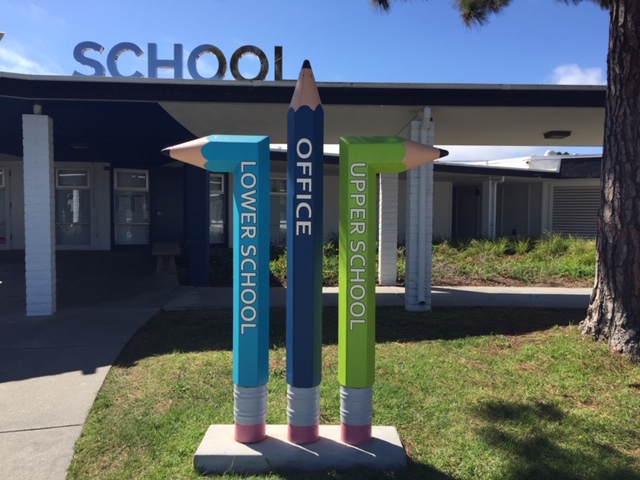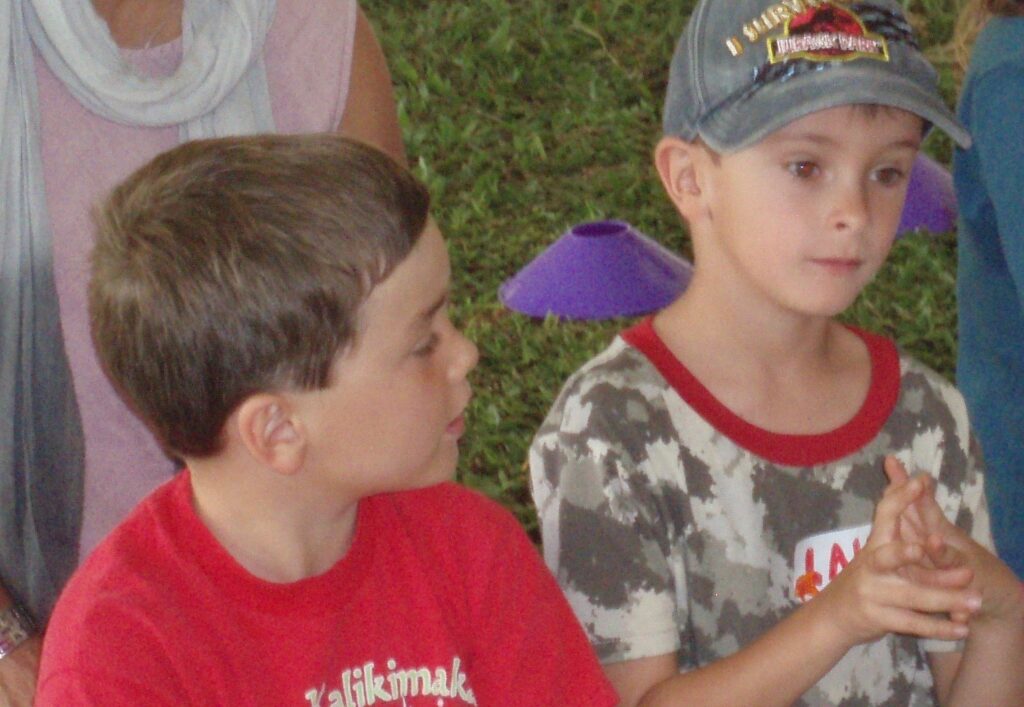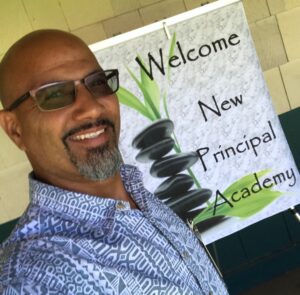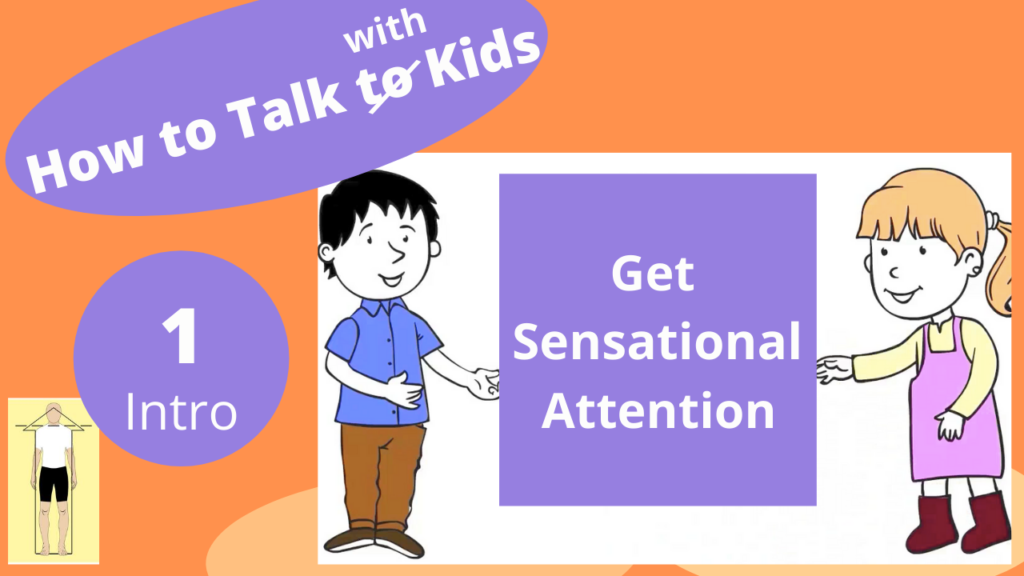Elementary Schools, Principals, School Counselors

Do you have a social-emotional learning program in your school?
Help children build a bridge to the physicalness of their inner worlds, and they discover the heart of who they are.
Home Breath Lesson
Helping children feel the connection inside the fibers of being will teach them how to come from their hearts and last a lifetime.
Here’s What Happened with WTM
CHANGED bullying, stress, and violence…

INTO communication, peer support, and calmness

And it was sustainable!

Testimonial
Principal Danny Garcia, Kohala Elementary School
“Between character and academic development… I felt I saw the combination…” (Audio, 1:00 minute)
Kohala Elementary was our pilot school.
Tested and Proven Effective
Strategies Tested
Methods: Strategies, based on the Feldenkrais Method, was implemented in a movement program to enhance both body ownership and re-educate sensorimotor patterns. Strategies were tested and revised between 2006-2018 at a public elementary school with children from multicultural and below poverty backgrounds. Over 500 children (in groups of 6-22 participants) and ages 5-10 years old experienced these strategies:
- Developing awareness in the organic nature of the body and what it wants to do without interfering
- Developing awareness of the presence of a physicalness in relation to hearing
- Developing awareness of a synergistic attention, sensing your body while attention is outside yourself
- Developing awareness of the details in parts and spaces of bodily organization
- Developing awareness of how physical changes relate to psychological and cognitive changes
- Developing awareness in the relationships between the organization of movements in the body and behavioral patterns
( √ ) What schools benefitted from WTM?
Yes, Chronological Order of Schools (and Trainings)
(1987-1990 Feldenkrais Training)
(1990 – 2005 Feldenkrais Practice with Mainly Adults)
2005 Hawaii Preparatory Academy, Lower School, with Physical Education Teacher and Co-Creator of WTM, Susie Jones, with special thanks to Hope Soo
2006 First pilot class Hawaii Preparatory (fourteen weeks)
(2007 Schools Attuned Training)
(2007, Brain Gym Training)
(2007, Yoga Ed Training)
2007, April 12 -April 25, and January 15 lessons segment program HPA
2008 – 2014 Kohala Elementary
2008 Hawaii Preparatory Academy
2008, August 15, Intro to Kohala teachers
2008, September 10, Introduction to Parents at Kohala Elementary
(2009, Trained/Teamed with Schools Attuned)
2009 WTM physical education teacher Kohala Elementary
2010, Hawaii Association for Physical Education Recreation and Dance Presentation
2010, Kohala after-school program, one week, 25 students
2010, May 7, Hawaii Association Physical Education Presentation
2010 – 2011, Kohala Elementary School Breaks 30 sessions
2011, Kohala Community School Meeting
2011 Intro at Kohala elementary¬ Festival/Spring
2011, March 14th – 18th, Kohala spring break
2011, September-May Parker School, Donna Rohr
2013-2014, Research team: Feldenkrais In Schools Hui in Schools (FISH)
2013, Waldorf School Kohala November 29
2014, the Last program at Kohala Elementary
2014- 2015, June 2014 – September 2015, video animation program produced– Get Sensational Attention, school-wide program
Give Us Details
( √ ) What is the WTM Program?
They are three ways you can understand WTM programs.
!. Read the material and translate the words literally. T
2. Read the words, translate the words inwardly and outwardly, and feel the interdependence.
3. Experience the lessons. The “experience” will explain the WTM program..
In most perceptions of this day and age, there is a great divide between the thinking person and the acting body. Reimagine movement as the means of communication with the brain, and the learner shows drastic improvements. There is a bridge from the brain to the body. The “bridge” is made of sensory knowledge, laying the foundation for what is heard and understood. Learning comes from the Sensory Body, the nature of movement through life that develops the brain.
The Wellness Through Movement (WTM) methods are based on the Feldenkrais work. Dr. Moshe Feldenkrais figured out the most foundational learning process in human life. The lessons teach an awareness of a deep woven sensory body through a sixth sense. This sixth sense feels the sensation of physical existence within the muscular-skeletal systems. Muscular systems are affected by every activity of the mind and body. These motor organizations create a sense of self or wholeness. What lies within the inner workings of sensation is the knowledge of processes in thinking and feeling. Methods used in WTM introduce the nature of the very essence that lays the basis for perception.
For five- to eight-year-old children, the methods easily allow them to experience the mind-body connection. For children older than eight, more detail needs to be understood. We tested the methods for eight years in elementary schools, and they were proven effective for social, emotional, academic, and general well-being.
While it’s a given that we inhabit a physical body, only some are aware of the wealth of knowledge within these structures. Understanding the body’s structure and how it moves is the key to effective learning.
The User Guide of the video program Get Sensational Attention will give the children a life experience that will serve them for a lifetime.
Note: Look at the science of “body ownership: (Botvinick, 2004; Botvinick & Cohen, 1998; Ehrsson, Spence, & Passingham, 2004: Makin, Homes, & Ehrsson, 2008), and an individual becomes an active participant in how to learn and heal regardless of condition. Science
Also See the Scientist WTM webpage.
( √ ) Is There a Science Behind the WTM Method?
The foundation to the method used in the WTM program is base on the work of Dr. Moshe Feldenkrais. He background was in physics and children development. The basis of the work looks at how the feeling in the body affects the brain and vice-a-versa. The children learn to sense their bodies to understand themselves.
See the Scientists webpage for a more in-depth look at the science. The talk by Catherine Rosasco-Mitchell at the “Movement Is” (2018) conference at Harvard heard here, may also be of interest. The talk gives research and six strategies used in schools in addition to the “Get Sensational Attention” program.
Key Words for Research Studies: Body Ownership, Motion Perception, Multi-sensory Integration, Motor and Cognitive Development, Organizational Identity, Motor Learning, and Embodied Cognition
(√) Sited Research
Burin, D., Pyasik, M., Salatino A., and Pia, L. (2017). That’s my hand! Therefore, that’s my willed action: How body ownership acts up conscious awareness of willed actions.” Cognition, Elsvevier, vol. 166, 2017, pp. 165-173. Accessed 10 October 2017.
Clark, D., Schumann, F., and Mostofsky, S. H. (2015) Mindful movement and skilled attention. Frontiers in Human Neuroscience, 29 June, p. 2. Accessed 14 September 2015.
Dijkerman, H. G., and de Haan, E. H. F. (2007) Somatosensory processing subserving perception and action: Dissociations, interactions, and integration. Behavioral and Brain Sciences 30:2, 224-233.
Ehrsson, H. H., Holmes, N.P., and Passingham, R. E., (2005) Touching a rubber hand: feeling of body ownership is associated with activity in multisensory brain areas. J. Neuroscience, 2005, Nov 9, 25(45). 15064-10573. Doi. 10.1523/JNEUROSCI.0800-05.2005. Accessed 12 October 2017.
Ehrsson, H. H. (2012) The concept of body ownership and its relation to multisensory integration, A new handbook for multisensory processing (p.775-792). Cambridge: MIT Press.
Smith, Roger (2019); The Sense of Movement, An Intellectual History: Process Press Ltd., London
Spencer, J. P., Clearfield, M., Corbetta, D., Ulrich, B., Buchanan, P., and Schöner, G. (2006). Moving toward a grand theory of development: in memory of Esther Thelen. Child Dev. 77, 1521. doi: 10.1111/j.1467-8624.2006.00955.x. Retrieved February 6, 2018, Database: EPSCO Host at http://cletus.uhh.hawaii.edu:2240/ ehost/command/ detail?vid= 0&sid=d52cbac6-3b6b-4532-90db-9fce01c09d1f%40sessionmgr120&bdata= JnNpdGU9ZWhvc3QtbGl2ZQ%3d%3d#db =a9h&jid=CDV.
Stein, B. (2012) The new handbook of multisensory processes: The concept of body ownership and its relationship to multisensory integration.Cambridge, Massachusetts: The MIT Press..
( √ ) Do You Have School-wide Programs?

Skills the Children (five to ten years old) Will Gain
Character and Academic Development
Positive School Culture
Communication
Centeredness
Most Recommended: The Get Sensational Attention (GSA) Long Track (GSA) program gets “sustainable” results because children learn from within their bodies how to help themselves. When they feel inside their bodies, they focus their attention on sensations. When sensations and awareness come together, something new happens in the brain. The children learn to listen and share from inside the body, not just from the brain. The results? They calm down and become more compassionate.
This program has been tested for eight years and proven effective in eliminating bullying, decreasing stress, and decreasing depression in elementary schools. This program is empowering the authenticity of who the students are and helping them solve their own problems.
Very Important!
To start the program you have to break the ice by teaching mindfulness using movement as the teacher. A fun way is to teach children through movement is the Personal Bubbles Freeze Dance game.
How does the school program use “movement” to teach children mind/body?
By turning attention inside (their bodies), children find their best friend, a friend that knows them better then anyone. When children turn attention inside to sensation, their emotional reactions fade and external distress is no longer the focus of attention. Children then have an easier time shifting attitudes and understanding the circumstances. (Adults need more practice but can do it too!)
Participants find what we call “Home.” Home is a grounding feeling inside that now comes into the foreground of external stress. The effect? Children’s reactions calm, clarity arises, and communication becomes productive. (Children are often told to take deep breaths and calm down but this program takes them one step further. It helps them feel the sensations of their bodies and find where the sensitivity of emotion is physically coming from. The emotion is also physical.)
There are two more lessons in the book, A New Sensory Self Awareness that also help the communication process: Ho’oponopono Home and No Place Like Home Breath. The lessons take the children through an organic and scientific process in order to experience how the body and mind help each other. Learn this step-by-step process when they’re young and it improves as they age.
( √ ) What are Some Simple Steps a School Can Do?
JUMP START THE WTM PROGRAM with Personal Bubbles Freeze Dance lesson!!! Help your children, first, find their bodies.
Children have a hard time feeling their bodies. This lesson, Personal Bubbles Freeze Dance , introduces children to feeling inside the body. Start with turning attention inside to sensation. The Home Breath is a way to use the sensation of breath and sound to get children acquainted with the spatial awareness from the four corners of their bodies (Front to back and side to side). More can be read on the lesson.
If you want sustainable results for mental and emotional health and academic achievement, give students the whole program, Get Sensational Attention (see the Fast and Long tracks). Do the long track and changes get sustained.
If teachers and parents adapt the program to daily living (at home and in the classroom) the program becomes effortless for the children, and they learn and benefit from it for years to come. Kohala Elementary School reports that even five years later, children were still thriving in areas of compassion for others and self conduct!!!
Note: The school principal is key to establishing the program as a school-wide protocol. Each time a child is under stress or in conflict, the technique shifts the attitude.
( √ ) Is There a Book?
Book
Eleven lessons used in the Wellness Through Movement program to improve behavior.
